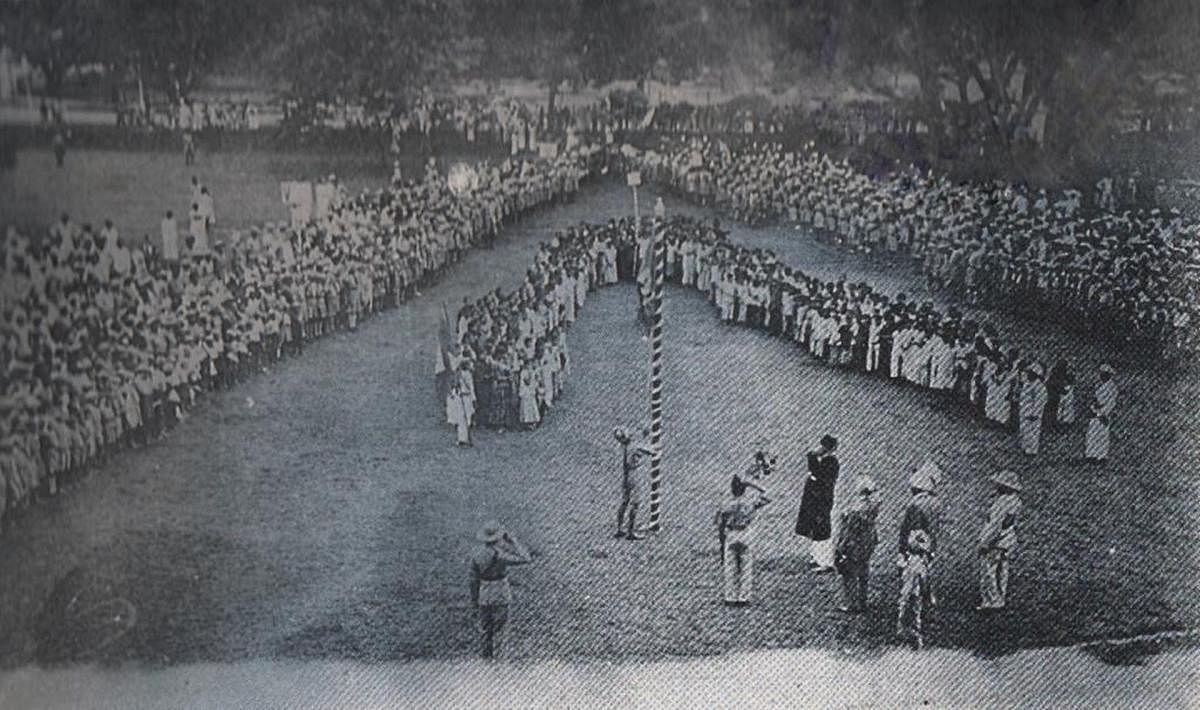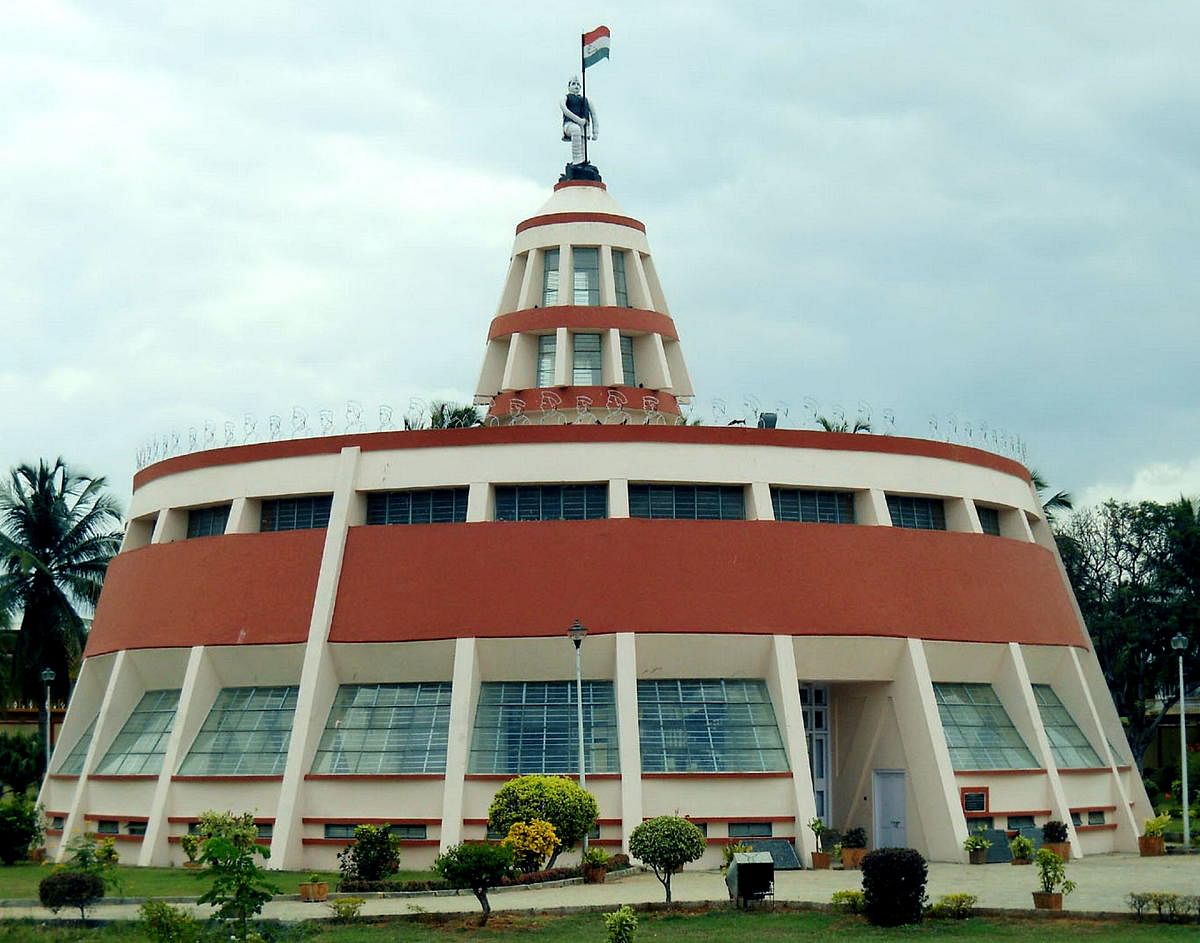

A state-wide ‘dhwaja satyagraha’ campaign is currently being staged to protest amendments to the Flag Act that allow hoisting of machine-made, synthetic flags.
The name of their movement is inspired by the Shivapura Satyagraha, says K Kalachannegowda of the Mysuru-based Nagarika Samithi, who is a part of the protest.
The historic dhwaja satyagraha was held in the small village of Shivapura in Maddur taluk of Mandya district in 1938.
Inspired by a similar event in Haripur, Gujarat that same year — presided over by Subhas Chandra Bose — the village also planned to hoist the tricolour.
K T Chandu (92), a freedom fighter, recalls the Shivapura movement. “T Siddalingaiah, the then president of the Indian Congress of Mysore state, met Mahatma Gandhi and sought permission to organise such an event and hoist the national flag.”
Initially, it was planned to be held in Nanjangud or Srirangapatna as they had good railroad connectivity.
Authorities got word of the planned dhwaja satyagraha, and issued orders banning public meetings in the state.
Not to be bogged down, Congress leaders continued to plan the protest, eventually deciding to hold it at Shivapura.
The three-day event began on April 10, 1938. Siddalingaiah and other leaders reached the venue at 10 pm. The British had clamped prohibitory orders on the place and deputed about 600 policemen around the village to stop the flag hoisting.
Yet, 40,000 people gathered the next morning to rally in support.
Chandu recalled, “It was a festive atmosphere that day, when thousands of men and women had gathered at the village. Each house had been decorated beautifully with rangolis to welcome the leaders.”
The flag hoisting was set to start at 8 am, when the police took Siddalingaiah into custody.
In the chaos of the arrest, “the Congress leaders M N Jois and Yashodharamma, who were near the flagpole, pulled the string and unfurled the flag,” he said.
The Satyagraha Soudha at Shivapura, constructed in 1979 to commemorate the dhwaja satyagraha, is a testimony to this significant event.
Those travelling on the Mysuru-Bengaluru highway cannot miss this monument for a landmark movement in the state during India’s freedom struggle.
Present-day protest
Eight decades later, the tricolour is central to spirited protests yet again. The present dhwaja satyagraha opposes the use and import of machine-made synthetic flags.
“Instead of allowing synthetic flags, the government could have given rebates for khadi flags to boost its sales, as the government has planned ‘Har Ghar Tiranga’. This would have also helped the handloom units,” said Kalachannegowda.